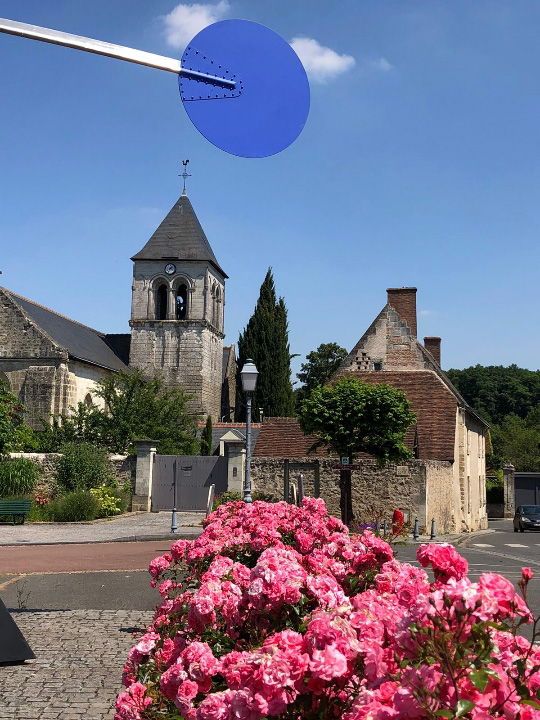Saché : The Indre river and its artists

Saché
Saché : The Indre river and its artists
Easy
1h15
6,8km
+90m
-90m
Loop
Embed this item to access it offline
Attachment
- Downloadpdf
SACHE_indre_et_artistes-2025-IMPR
Credit: Saché : l'Indre et ses artistes - Touraine Vallée de l'Indre
Description
- Place Alexandre Calder
Starting from the Place Calder and its "Totem" mobile, explanatory panels allow you to discover in greater detail the heritage features of numbers 1 to 5 and 7. - Saint-Martin de Vertou church (12th and 13th centuries)
- Former presbytery
- 12th-century inn
- Tobacco kiln
- Former Saché priory (15th century)
Opposite the tobacco drying shed, the former priory of the Abbey of Beaumont-Lès-Tours dates from the 15th century. A women's priory, it was abandoned in 1752. - La Métairie
- Wicker
Wicker is the annual offshoot of the willow tree. Saché produces around a third of France's wicker. - Crossing the bridges
The only passage from north to south of Saché was provided by the Chevrière ferry. It wasn't until the reign of Napoleon III that a wooden footbridge was installed. The wooden bridge, threatening to collapse, was replaced by a metal one in 1924. - La Gouacherie
The house of the Indre ferryman at "Port de la Chevrière" appears in archives as early as 1560. Semi-buried in the embankment, it was used by Calder as a painting studio from 1956 to 1976. - The Green Mill at Basse Chevrière
Known as the Moulin Vert (Green Mill) since the 1970s, it first appeared in texts in the 15th century. This mill was used by farmers on the north bank of the Indre. It also supplied flour to the nuns of the Relay priory, 2km to the north. - Maison François 1er (former Calder workshop)
This is a former winegrower's house. Calder took up residence here in 1954 and used the former barn as his studio. - Maison Ray Sutter
This restored country house dating from 1715 once belonged to painter and master glassmaker Ray Sutter. - Atelier Calder du Haut Carroi
Around 1970, Alexander Calder had the Haut Carroi workshop and house built. Since 1989, it has been a place of residence and artistic creation. - Manoir du Bécheron
Built in the 15th century, it was bought in 1925 by American sculptor Jo Davidson. He lived here until 1952. - Moulin Rouge wash-house
- Château de Saché
Château de Saché - Musée Balzac: built on a feudal motte in Renaissance style, it was completely transformed in the 19th century by its owner Jean de Margonne, who welcomed Honoré de Balzac here from 1825 to 1848.
- Departure : Alexandre Calder square
- Arrival : Alexandre Calder square
- Towns crossed : Saché
Forecast
Altimetric profile
Information desks
4 Rue du Château, 37190 Azay-le-Rideau
Rd 910, 37250 Montbazon
Report a problem or an error
If you have found an error on this page or if you have noticed any problems during your hike, please report them to us here: